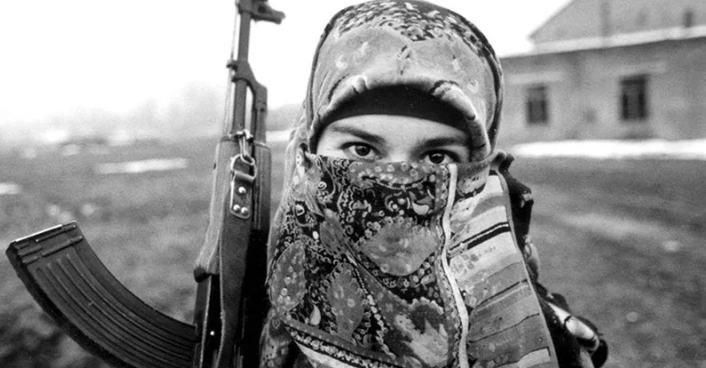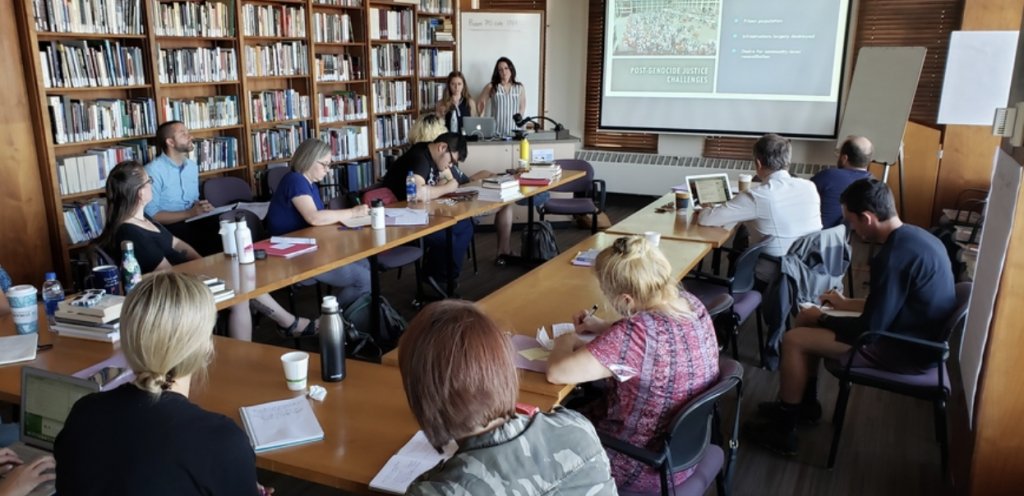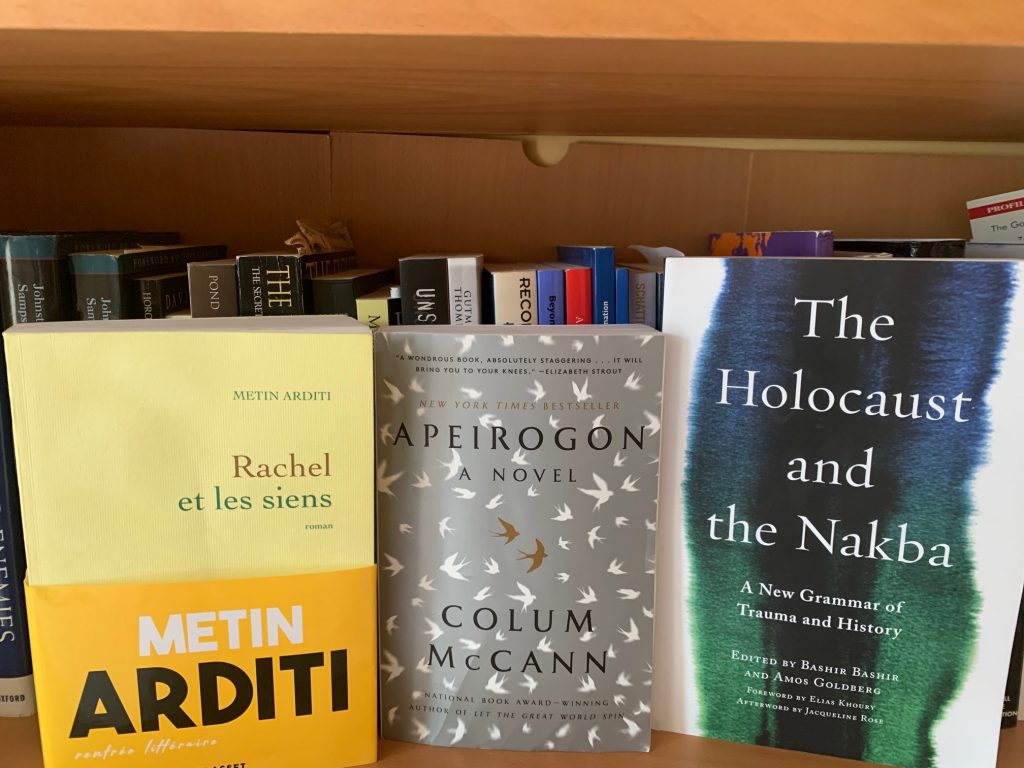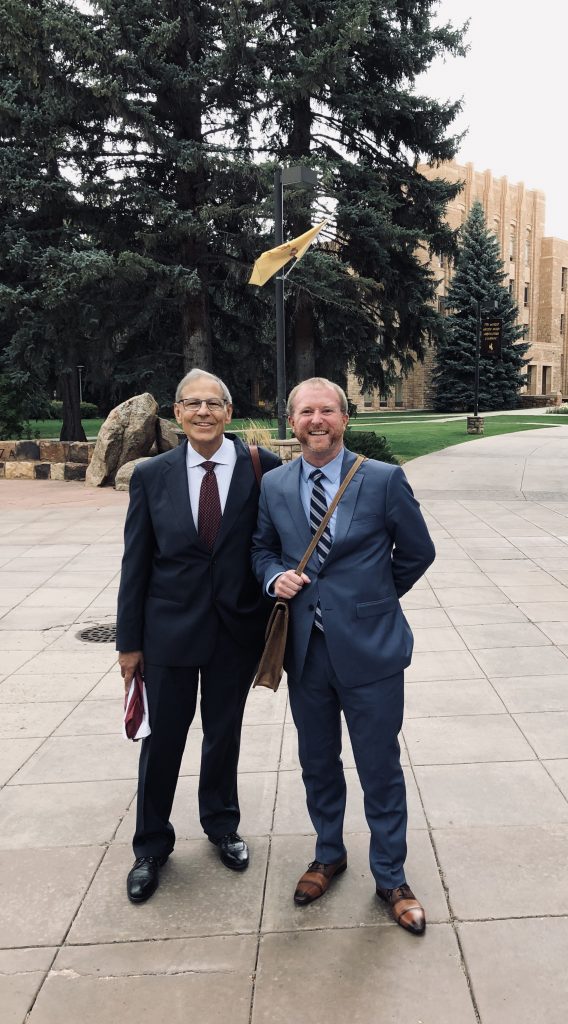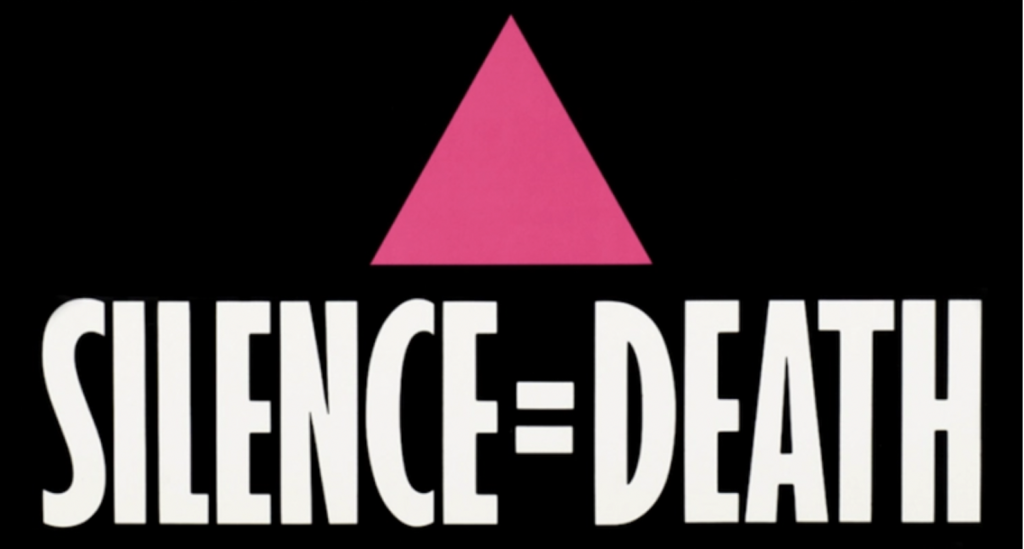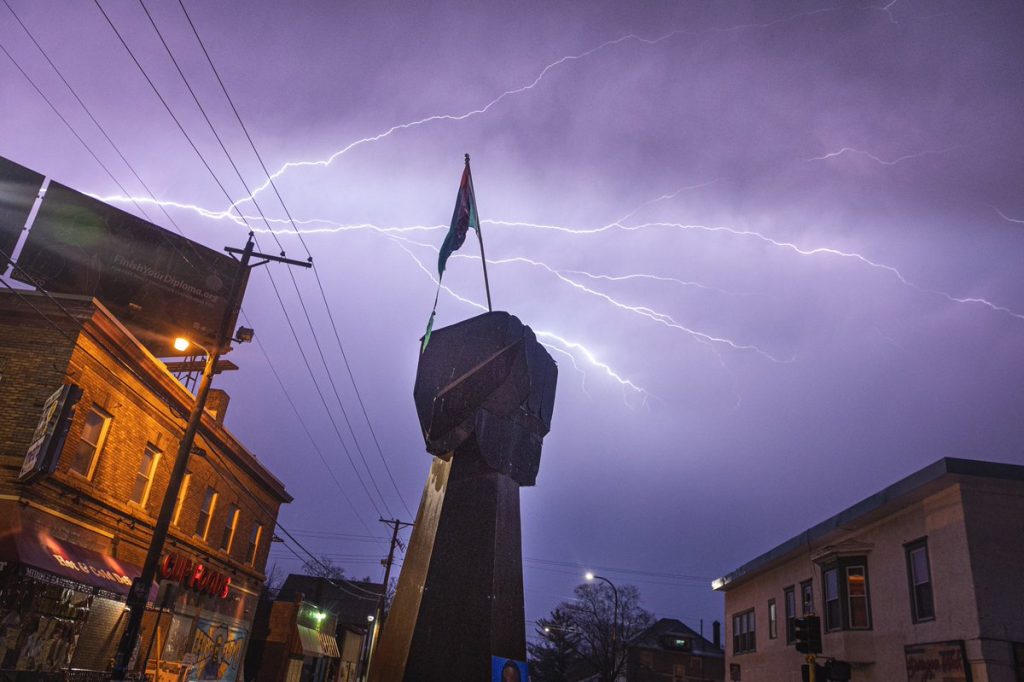January 27th marks International Holocaust Remembrance Day, the date on which the Red Army liberated Auschwitz in 1945. Although a monumental moment in the history of the Second World War, the war itself did not end in Europe until May, and globally the death and destruction continued in the Pacific theater until August of that year. This simple reminder of the war’s timeline illustrates the ways Holocaust, which did not end on January 27th with the liberation of Auschwitz, is difficult to confine to a set of dates within the larger sequence of global events.
In the Center’s collections are photographs taken for the UNRRA by Maxine Rude. Rude, originally from southwestern Wisconsin, traveled throughout Europe while on assignment to document the plight of “Displaced Persons” (DPs) living in allied-run DP-Camps. The images include a variety of subjects, from refugees working in trades they occupied prior to the war (or newly learned at some point in the interim), to Jewish war orphans looking after other vulnerable children. One takeaway from these images, is the lack of certainty many faced for years following the war’s end. Liberation might have occurred abruptly, but normalcy and stability did not. Jewish DPs languished for years before receiving entry visas, or the ability to enter the British Mandate of Palestine. Many non-Jewish DP’s were “repatriated” nationals with newly-drawn borders in Eastern Europe, where they faced uncertain fates. As we mark this important day in the history of genocide, we remind ourselves of the provisional nature of liberation.

